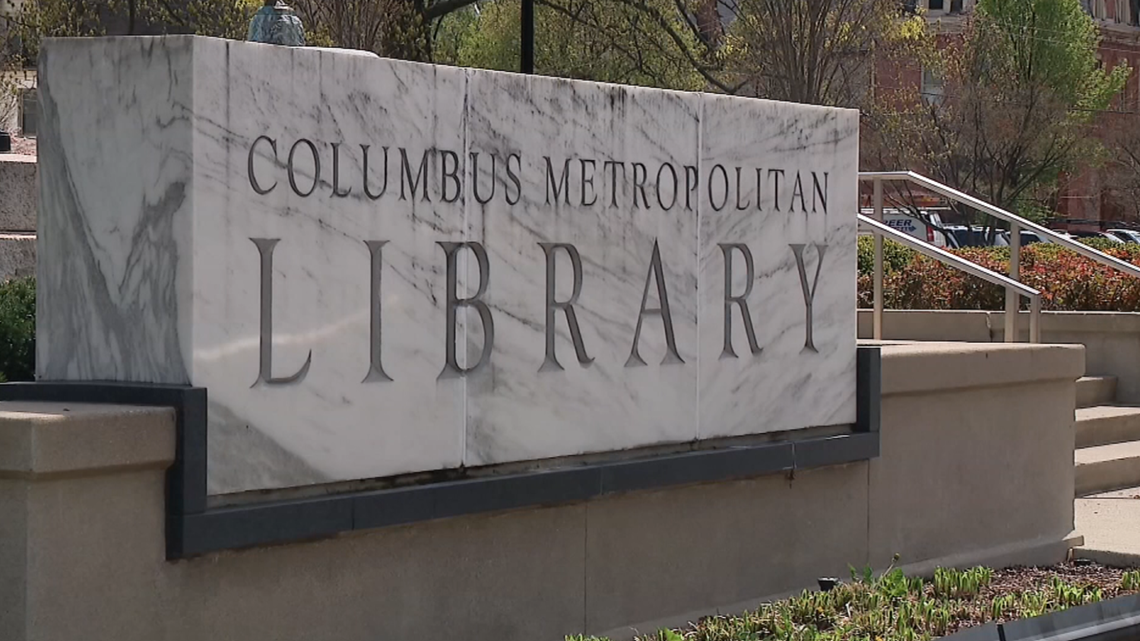

#Columbus library sale free#
And 82 percent said they should offer free literacy programs for young children. Some 85 percent said that libraries should work more closely with local schools. When the Pew Internet & American Life Project asked people in 2012 what libraries should offer the public, the overwhelming response focused on education and reading. The library system already puts up impressive numbers–as of 2013, nearly 800,000 cardholders, 6.5 million in-person visits, 6.9 million web visits, 15 million books circulated, and almost 800,000 eBook downloads.īut the library community knows that it is on a more complicated mission than simply putting up traditional numbers. Topiary Garden in downtown Columbus, Ohio The city won rights to host the Congress in an Olympic-venue type competition. Completion is scheduled in time to host the 2016 World Congress of the International Federations of Library Associations and Institutions (IFLA), which will be held in Columbus. It will feature, among other things, replacing the solid back wall of the building with two stories of windows, where readers will overlook the existing Topiary Park, a seven-acre tree park and garden, which is groomed to represent Seurat’s famous post-impressionist painting, Sunday Afternoon on the Isle of La Grand Jatte. The library has now begun an ambitious building expansion, part of a 120 million dollar expansion throughout the entire system. Losinski quips that the original construction cost would about cover a thorough cleaning of the library these days. The cultural, if not linguistic bond (both are Celtic languages, although long-ago diverged) seemed to make a difference.Įventually Carnegie agreed and offered $200,000, more than was usual in his library program, to build the elegant granite and marble Romanesque building. Would Carnegie build a library for Columbus? The conversation didn’t go well, until Pugh started over in his childhood Welsh, to which Carnegie responded in his native Scottish dialect. The Carnegie-built public library in Columbus, Ohio (Photos by Deborah Fallows except as noted)Īround the turn of the 20th century, when the Columbus library was outgrowing its space, city librarian John Pugh boarded a train for New York City to knock on the door of Andrew Carnegie, whose philanthropy funded 1700 libraries around America. Losinski said I missed the real morning rush, around 8:55, when a predictable 20 or 25 people, and twice that in the winter, will be lined up and waiting to enter. Hurry, he probably won’t be there long.)Īt 9:30 on the recent weekday morning when I went to visit, there were just a few people sitting on benches outside the library, with their smartphones and coffee. Ask him any mundane question about where to eat, visit, or wander around, and he will come back with a stunning 20-minute soliloquy including historical, architectural, culinary, economic, and literary information, which he delivers as rapid-fire as an auctioneer.


(By the way, at Comfort Inn, be sure to look for Scott, the evening clerk. I walked to the library from the throwback Comfort Inn & Suites where we were staying, at the edge of German Village, one of Columbus’s historic, now trendy neighborhoods.

His title alone, CEO, should be a hint about how progressive the libraries of Columbus are, and how serious the city is about placing the libraries front and center in its trajectory toward a modern, relevant, connected city. I visited libraries recently in downtown Columbus, Ohio, and talked with Patrick Losinski, the CEO of the Columbus Metropolitan Library (CML) system, which includes the flagship main library and 21 branches around Franklin County. The people, organizations, and ideas reshaping the country Read More


 0 kommentar(er)
0 kommentar(er)
